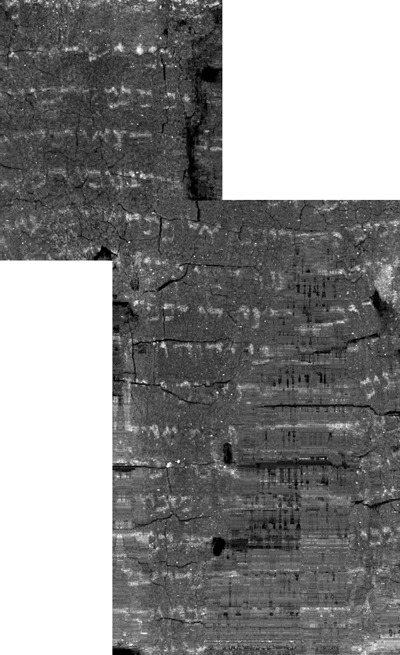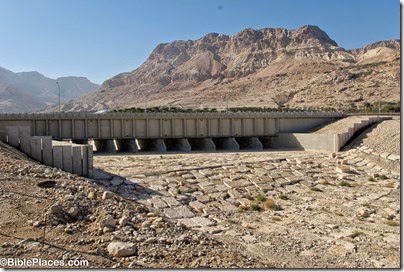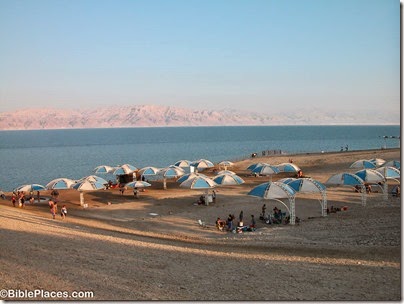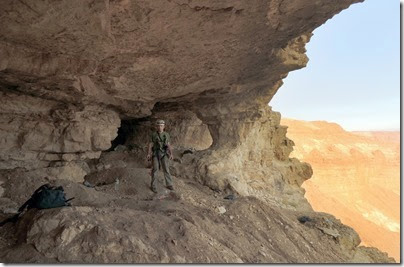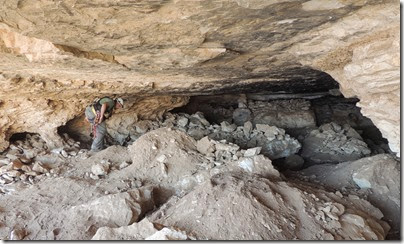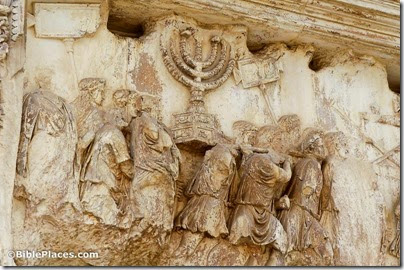A 6th-century AD scroll discovered inside a Torah Ark at En Gedi 45 years ago has recently been deciphered to reveal the first 8 verses of Leviticus, making it the oldest scroll discovered since the Dead Sea Scrolls. From a press release from the Israel Antiquities Authority:
Summary: Modern technologies made it possible for the first time to read the contents of a burnt scroll that was found forty five years ago in archaeological excavations at Ein Gedi, on the western shore of the Dead Sea. Surprisingly the scroll is a 1,500 year old copy of the beginning of the Book of Leviticus….
Details: The parchment scroll was unearthed in 1970 in archaeological excavations in the synagogue at Ein Gedi, headed by the late Dr. Dan Barag and Dr. Sefi Porath. However, due to its charred condition, it was not possible to either preserve or decipher it.
The Lunder Family Dead Sea Scrolls Conservation Center of the Israel Antiquities Authority which uses state of the art and advanced technologies to preserve and document the Dead Sea scrolls enabled the discovery of this important find. It turns out that part of this scroll is from the beginning of the Book of Leviticus, written in Hebrew, and dated by C14 analysis to the late sixth–century CE. To date, this is the most ancient scroll from the five books of the Hebrew Bible to be found since the Dead Sea scrolls, most of which are ascribed to the end of the Second Temple period (first century BCE-first century CE).
There are no English articles yet posted, but you should be able to find them as they appear with this link. Haaretz has the story in its Hebrew edition. High-res images may be downloaded here. Thanks to Joseph Lauer for sending the press release and related links.

